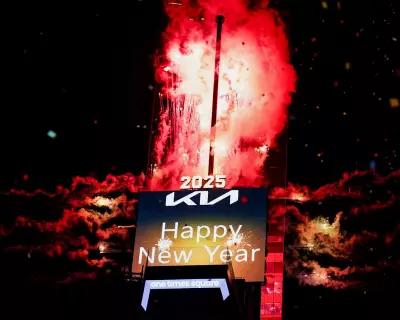
Vladimir Putin has unleashed Russia's most feared nuclear-capable missile, dubbed the 'Flying Chernobyl', in a dramatic escalation of the Ukraine conflict that has sent shockwaves through international defence circles.
The Dawn of a New Warfare Era
In a chilling development, Russia's advanced Kh-47M2 Kinzhal hypersonic missile system has been deployed in active combat for the first time. The weapon, which NATO officials have ominously nicknamed 'Flying Chernobyl' due to its nuclear capabilities, represents a significant leap in military technology that could reshape modern warfare.
What Makes This Weapon So Dangerous?
The Kinzhal isn't just another missile - it's a game-changer that defence experts have been monitoring with growing concern:
- Hypersonic speed: Capable of reaching Mach 10, making it nearly impossible to intercept with current defence systems
- Nuclear payload: Can carry both conventional and nuclear warheads, creating constant uncertainty about its intent
- Massive range: With an estimated reach of 1,200-2,000 miles, it threatens targets across Europe
- Maneuverability: Unlike traditional ballistic missiles, it can change course mid-flight, evading defensive measures
Global Security Implications
This deployment marks a pivotal moment in the Ukraine conflict and international security relations. Military analysts suggest that by moving these weapons from testing grounds to active service, Putin is sending a clear message about Russia's willingness to escalate the conflict to new levels.
'This isn't just another weapons deployment,' explains a senior European defence official who spoke on condition of anonymity. 'The Kinzhal represents a category of weapon that fundamentally challenges our existing defence architectures and nuclear deterrence strategies.'
The International Response
World leaders and defence organisations are closely monitoring the situation, with many expressing grave concerns about the potential for nuclear escalation. The deployment comes amid heightened tensions between Russia and Western powers, raising questions about how NATO will respond to this new threat dimension.
As the 'Flying Chernobyl' takes to the skies in combat for the first time, the international community holds its breath, aware that the rules of engagement in modern conflict may have just changed forever.





